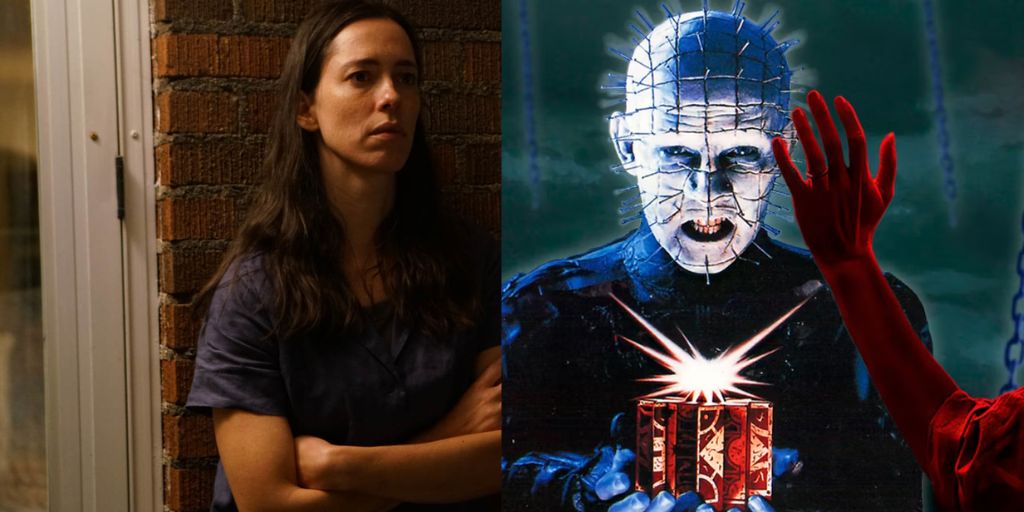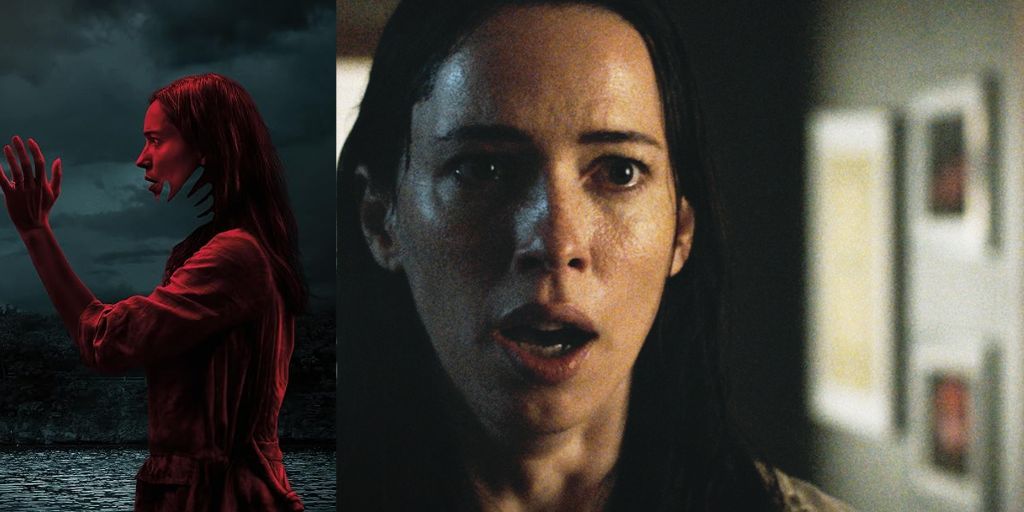The Night House centers on Beth, a widow struggling to understand her husband Owen’s suicide. His cryptic note mentioning “nothing” and “being safe now” fuels her confusion.
Going through his phone, she discovers a photo of a woman eerily similar to herself, hinting at a possible betrayal. Grief mixes with the sting of potential infidelity as Beth confronts a life unraveled.
The movie started as a Hellraiser reboot, where the writers envisioned a story focusing on Julia, the woman who unleashes demons for her lover.
The studio rejected their artistic approach, but the core idea of finding dark secrets left behind resonated. They reworked it into The Night House, keeping the essence of Beth venturing into unknown territory.
The movie unfolds with Beth experiencing unsettling occurrences in their isolated lake house. A replica of the house appears in the woods, and ghostly figures torment her.

These elements create a nightmarish atmosphere, but they also symbolize Beth’s struggle to process death and the unraveling of her reality. Grief is a constant presence, mirroring Beth’s erratic behavior as she navigates the stages of loss.
The Night House isn’t just another ghost story. The seemingly straightforward exploration of grief takes a sharp turn in the final act.
The true meaning of “nothing” becomes horrifyingly clear. Beyond her internal turmoil, Beth faces an external force that hungers for her just as much as her grief does.
This twist enhances The Night House. It acknowledges that grief is a powerful emotion, but there are even more terrifying things out there.
The movie transcends the horror genre by posing deeper questions about love, sacrifice, and the lengths we go to protect those we love. The ending leaves a lasting impression, worse than any horror villain you can imagine.



